The Church of the Holy Sepulchre in Jerusalem's Old City is one of the most important sites in Christianity as being the location where Jesus Christ was supposedly crucified as well as where he was buried and then resurrected.
Due to its close links with the death and resurrection of Jesus Christ, the Church of the Holy Sepulchre is valued by essentially all Christian denominations and streams.
Currently, the Church of the Holy Sepulchre itself has a strange and complicated arrangement of control known as a simultaneum, meaning it is controlled by several different Christian denominations at once. This precarious balance is maintained by an understanding of the Status Quo going back to 1757. And all of it is reflected by the infamous immovable ladder.
But just how important is the Church of the Holy Sepulchre? Is it really where Jesus Christ was crucified, buried and resurrected? Is Jesus's tomb really there? And what does a single ladder have to do with it?
Here is everything you need to know about the Church of the Holy Sepulchre.
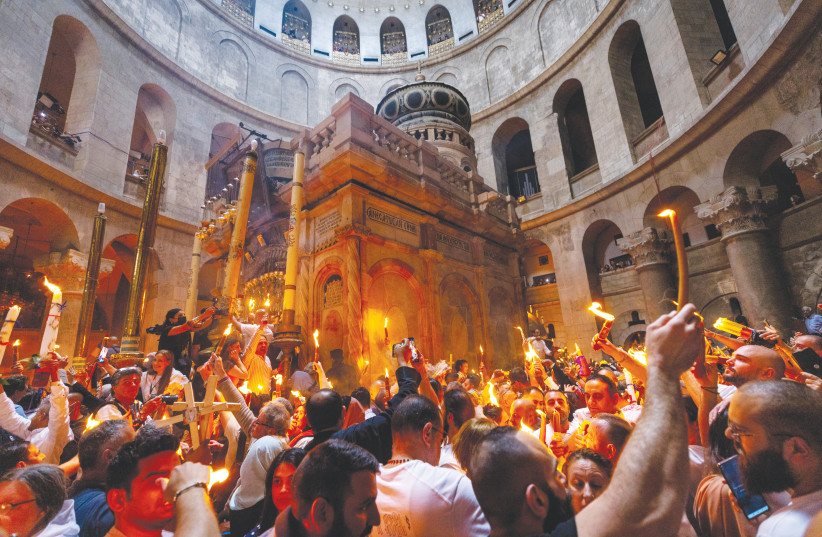
What is the Church of the Holy Sepulchre? Why is the Church of the Holy Sepulchre important?
The Church of the Holy Sepulchre is one of the most important sites in Christianity and is widely believed by tradition to be the place where Jesus Christ died and resurrected. Essentially, the church is thought to contain the location of Jesus's crucifixion, known as Calvary or Golgotha, as well as Jesus's empty tomb, where he was buried following his death but is now empty following his resurrection.
These are widely considered the two holiest sites in Christianity.
It has remained an important Christian pilgrimage location with the last four stations of the Cross on the Via Dolorosa in the Old City of Jerusalem.
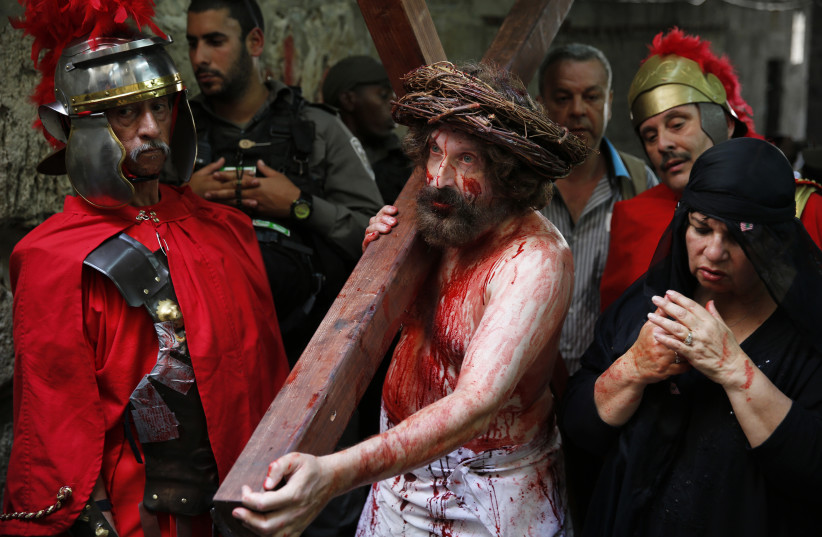
Where is the Church of the Holy Sephulchre?
The Church of the Holy Sepulchre is located in the Christian Quarter of the Old City of Jerusalem in Israel.
<br>When was the Church of the Holy Sepulchre built and who built it?
According to traditional accounts, the church itself was built in the 4th century CE. After Roman Emperor Constantine the Great legalized Christianity, he had sent his mother Helena to look for Jesus's tomb in Jerusalem. Supposedly, she found the True Cross, the site of Jesus's crucifixtion, near a tomb on the location of a pagan temple, dedicated either to Jupiter or Venus. The temple was torn down, with a rock-cut tomb being revealed underneath, which was assumed to be the tomb of Jesus Christ.
The Church of the Holy Sepulchre itself was then built over the site and consecrated in 335, originally called Church of the Anastasis, meaning resurrections.
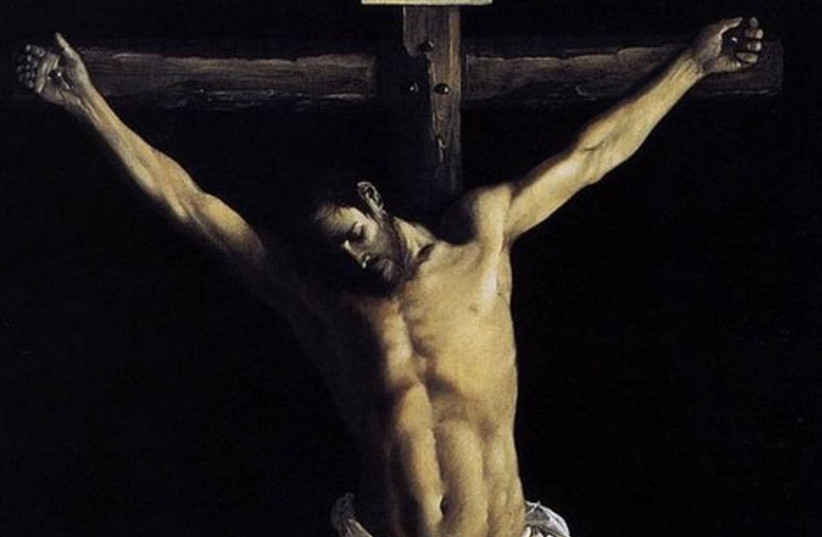
Over the years, the church has been damaged and destroyed several times, such as by earthquakes. The Sassanid Empire, the then-incarnation of the Persian Empire, destroyed the Church of the Holy Sepulchre in a fire in 614 and it was rebuilt 16 years later.
In 1009, the Fatimid Caliphate ordered the Church of the Holy Sepulchre's destruction, though it wasn't meant against the church specifically so much as it was a targeted campaign against Jewish and Christian holy sites and houses of worship throughout the region. It was then rebuilt and redecorated later. This continued over the centuries, as did occasional expansions and renovations, the most recent of which was in 2022.
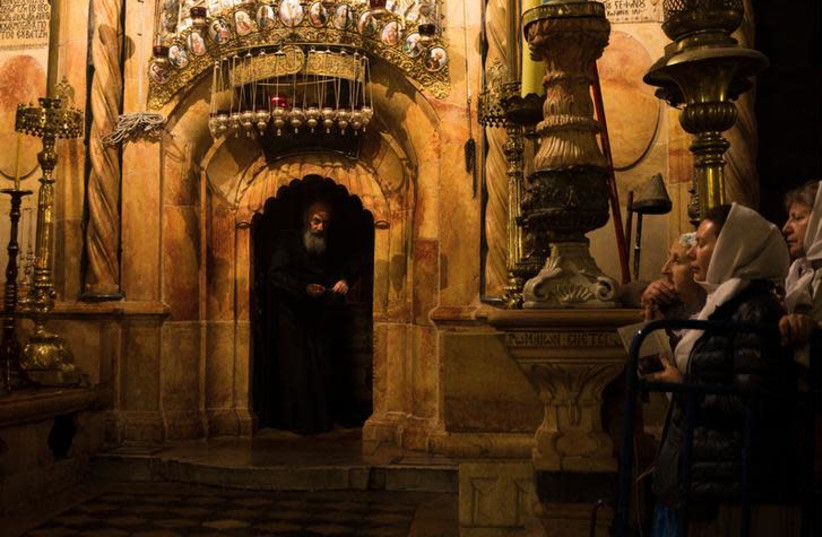
Is Jesus actually buried in the Church of the Holy Sepulchre?
There are several candidates that lay claim to being the tomb of Jesus, some of which aren't even in the region at all.
Two of the most well-known alternative possible tombs of Jesus are also in Jerusalem. One of them, the Talpiot Tomb, was found in the 1980s in Jerusalem's Talpiot neighborhood. This was supported by the presence of a grave that is seemingly labeled Yeshua bar Yosef, which would translate to Jesus, son of Joseph. However, it is widely accepted that this is a coincidence and is likely someone with the same name, since there are signs that the tomb belonged to a wealthy Judean family.
Another of these tombs is the Garden Tomb, found in the 19th century in Jerusalem. This tomb is even older than Jesus was and while it presents some issues with its location and history, it is still accepted by some Christian denominations as being the tomb of Jesus. In particular, the Mormons and some Evangelical Protestants, as well as some academics, think that it is the most likely location for Jesus's tomb.
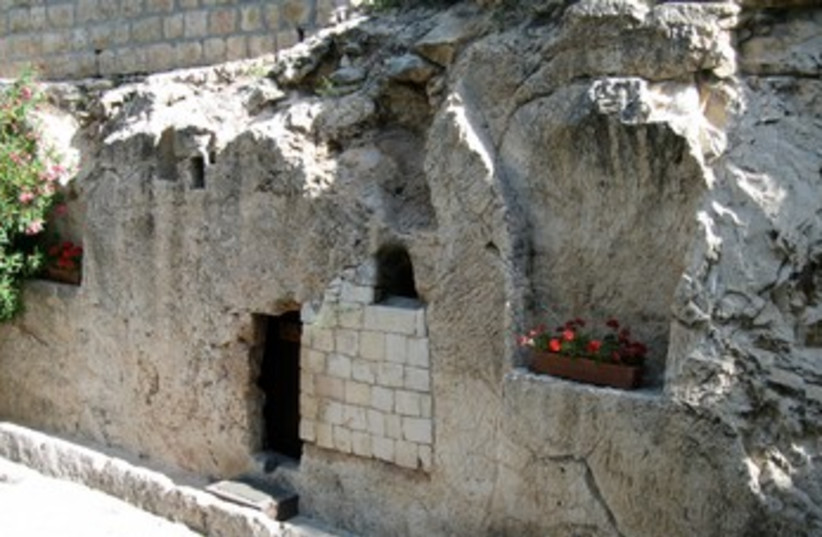
But the Church of the Holy Sepulchre is still the most widely accepted location, and has been for over 1,600 years. The tomb itself has some evidence as the correct site, too. The New Testament has said that Jesus was crucified and buried outside the walls of Jerusalem. There are reasons for this, because burials in ancient times were almost always outside the city.
At the time Jesus would have lived, the Old City of Jerusalem's walls would not have extended as far as they do now, and the Church of the Holy Sepulchre would have been outside them. This has been supported by archaeological evidence as well, indicating that the second wall was built around the church later.
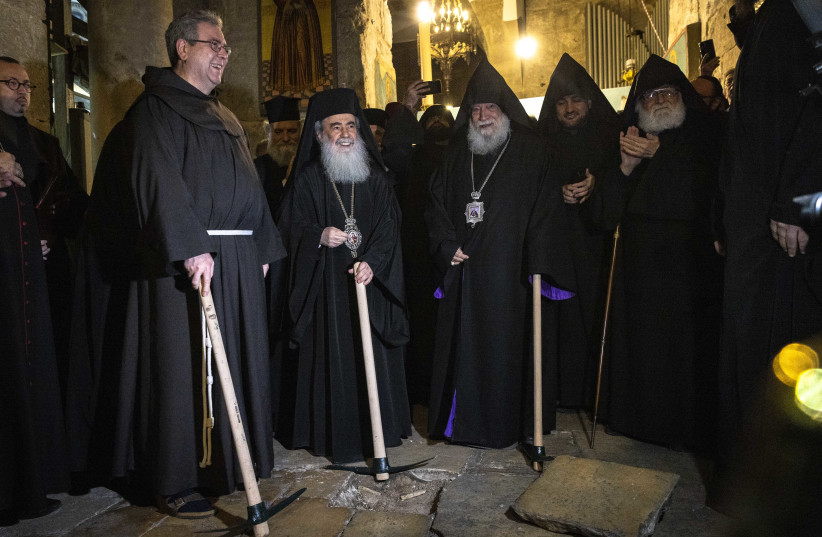
What religion is the Church of the Holy Sepulchre?
The Church of the Holy Sepulchre is controlled by several different Christian denominations as part of a simultaneum. These denominations are as follows:
- Roman Catholic Church
- Greek Orthodox Church
- Armenian Apostolic Church
- Coptic Orthodox Church
- Syriac Orthodox Church
- Ethiopian Orthodox Church
This agreement was first put in place by the Ottoman Empire in 1757 in reference to all the holy sites in the Holy Land, and later upheld a century later by the Ottoman Empire again.
This is a very delicate balance known as the Status Quo, though there have been many historic tensions between the different sects, with cooperation and full agreement needed for any renovation or replacements, and clashes do still happen.
This fragile Status Quo and the often inflexible positions of the denominations are embodied by the Church of the Holy Sepulchre's Immovable Ladder, a ladder that was, for whatever reason, left on the church in 1757 when the agreement was made. Barring a few instances, the ladder has largely stayed in place almost 300 years later.
But these streams aren't the only ones controlling the Church of the Holy Sepulchre.
As part of their position as the custodians of Jerusalem's Christian and Muslim holy sites, the Hashemite royal family, which rules Jordan, has some role in the Church of the Holy Sepulchre as well. This is recognized by the Christian denominations involved, but in practice, this role mainly extends to ensuring the keeping of the Status Quo and occasionally contributing financially for renovations.
But then there is also the question of the church's doors.
<br>Who opens the Church of the Holy Sepulchre?
Since at least the 12th century, the doors of the Church of the Holy Sepulchre have been controlled by the Nuseibeh family, the oldest Muslim family in Jerusalem, and the Joudeh family. Both families continue to hold this authority to this day, having the keys to the church that is thought to house Jesus's tomb.
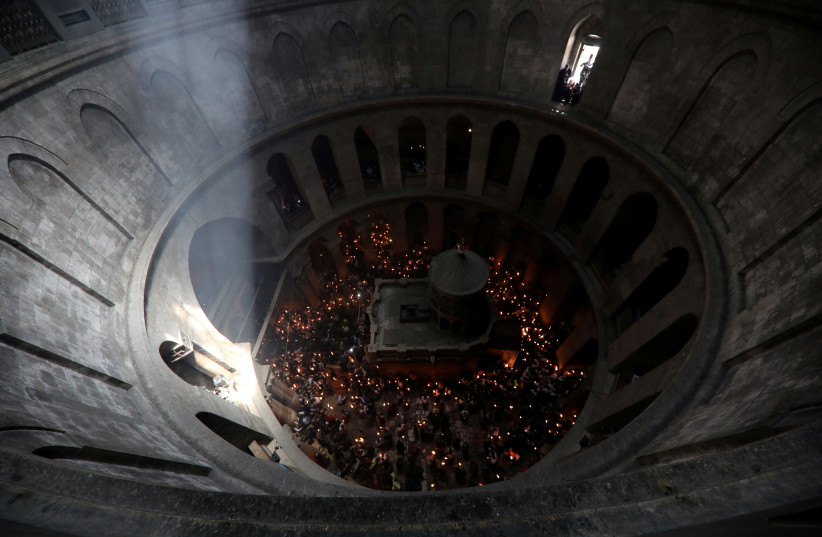
Can you enter the Church of the Holy Sepulchre?
Yes, and entrance is free, though some parts of the church might be closed for ceremonies depending on the day.
Just be sure to not eat or drink anything, dress modestly and be respectful. The church is still used for important Christian ceremonies every year, due in no small part to its association with Jesus's death, burial and resurrection.
